Text-to-Image

Definition: Text-to-Image involves creating AI systems that can generate visual content, such as images or artworks, from textual descriptions. This technology combines natural language processing and computer vision to transform written ideas into visual representations.
Real-world Analogy: Imagine you’re an illustrator given a detailed story description. As you read the narrative, you envision scenes, characters, and settings, then bring them to life through your drawings. Similarly, text-to-image AI performs this creative feat by converting textual concepts into visual creations.
Overview: Text-to-image technology leverages generative models and deep learning techniques to translate textual descriptions into visual elements, capturing the essence of the written content in a visual format.
Business Implications:
- Content Creation: Automate the creation of visuals for articles, books, or marketing materials.
- Design Automation: Generate design elements based on textual input for branding or graphics.
- Prototyping: Create visual prototypes from written product or concept descriptions.
- Creative Industries: Assist artists and designers in transforming textual concepts into images.
- Storytelling Enhancement: Add visual elements to written narratives, enhancing engagement.
- Architectural Visualization: Generate images from architectural descriptions for design visualization.
- Fashion Design: Create fashion sketches based on textual clothing descriptions.
- Interior Design: Generate room layouts and décor ideas from written descriptions.
- Concept Art: Aid in generating concept art for movies, video games, and animation.
- Educational Content: Provide visual aids for textbooks and educational materials.
Entrepreneurial Opportunities:
- Content Generation Platforms: Develop tools that automatically generate visuals for written content.
- Design Automation Services: Offer solutions that create design elements based on textual input.
- Storyboarding Software: Create software for generating visual storyboards from scripts.
- Artistic Assistance Tools: Develop apps that assist artists in illustrating textual concepts.
- Architectural Visualization Services: Provide tools for generating architectural images from descriptions.
- Fashion Design Apps: Offer apps that create fashion sketches based on clothing descriptions.
- Interior Design Tools: Develop software for generating interior design visuals from descriptions.
- Concept Art Services: Provide creative studios with tools for generating concept art.
- Educational Aids: Develop platforms that generate visuals for educational content.
- Book Cover Design Tools: Offer tools that create book cover illustrations based on book summaries.
Advanced Advice for Entrepreneurs in Text-to-Image:
- Visual Quality: Develop models that can generate high-quality and visually appealing images.
- Semantic Understanding: Train models to accurately translate textual concepts into visual elements.
- Creative Flexibility: Design systems that can interpret a range of textual descriptions creatively.
- Domain Adaptation: Fine-tune models for specific industries to improve visual accuracy.
- Ethical Considerations: Ensure that generated images are appropriate and unbiased.
- User Control: Allow users to customize generated visuals based on preferences.
- Feedback Loop: Incorporate mechanisms for users to refine or correct generated images.
- Visual Storytelling: Explore narrative aspects to ensure images align with the story.
- Design Consistency: Maintain a consistent style and theme across generated visuals.
- Collaboration Tools: Create platforms that allow designers and writers to work together seamlessly.
Final Thoughts: Text-to-image technology revolutionizes content creation by seamlessly translating written concepts into visual representations. Entrepreneurs who harness this technology can offer solutions that enhance creativity, streamline design processes, and bridge the gap between written and visual communication.




9b9ktc